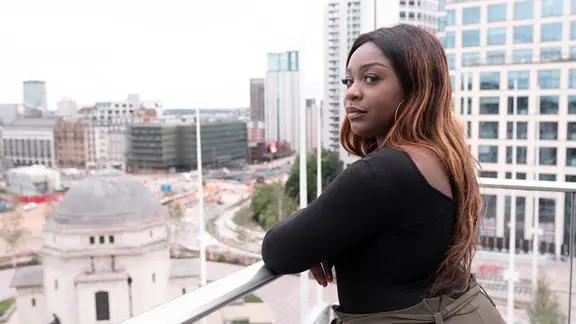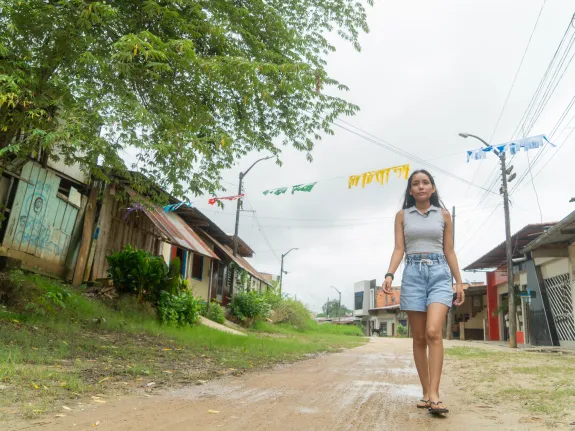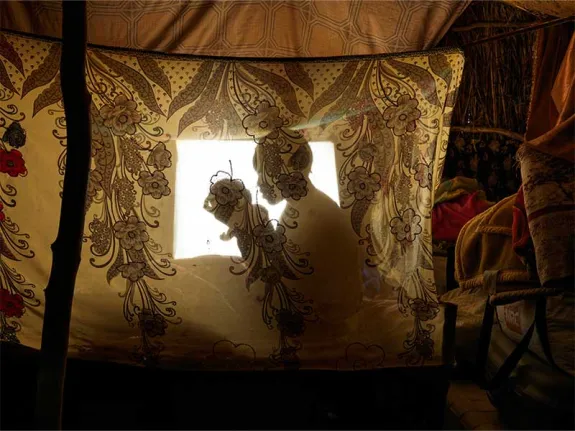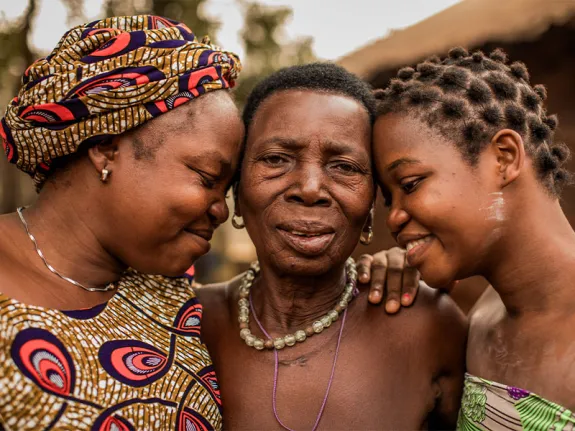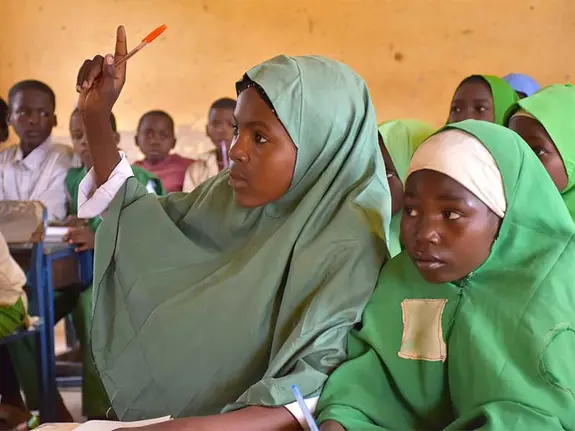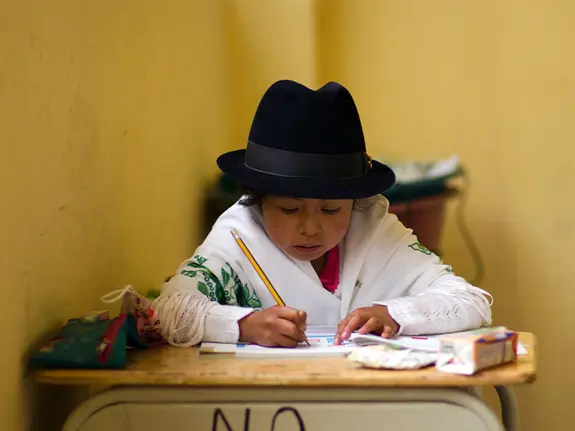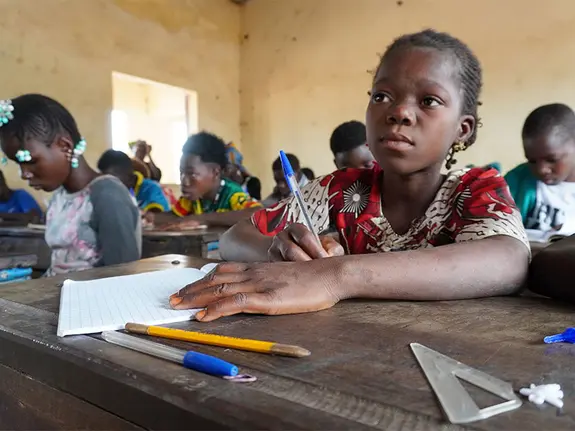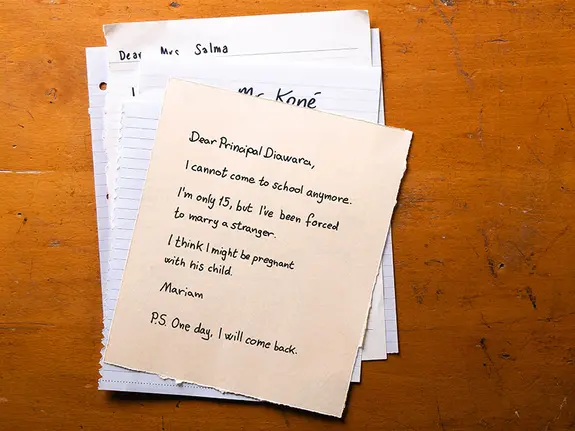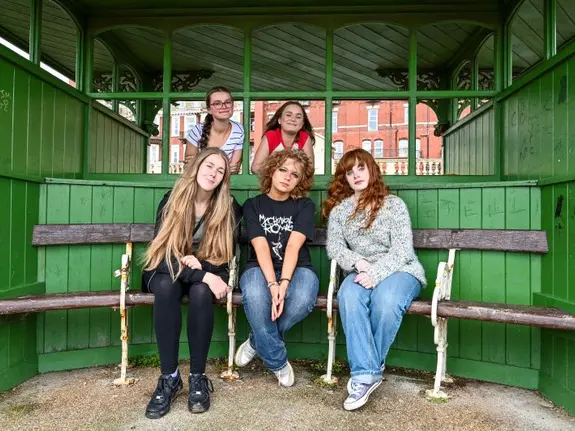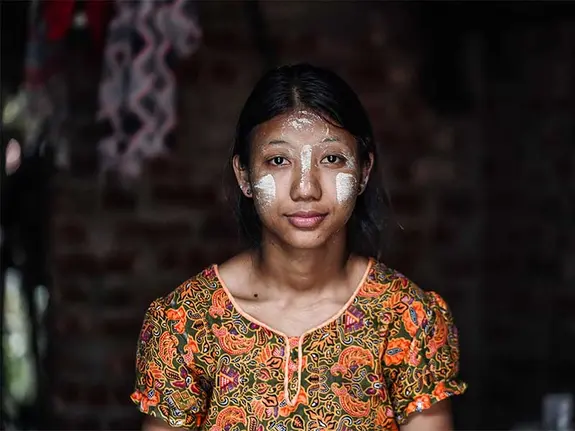"If anything I think street harassment and cat-calling has actually increased personally for me since the lockdown. You are a much easier target when you are by yourself and there is not a lot of people around you to witness you being harassed."
– Tanya, 21, Birmingham
In 2019, with your support, we succeeded in influencing the UK Government to recognise street harassment as a form of gender-based violence.
But even a global pandemic hasn't made it stop. We’re hearing from girls that they’re still experiencing cat-calling and harassment on the streets when they go out for their daily exercise. Now public spaces are even quieter, girls don't feel safe and there are fewer places for them to seek help if they’re harassed.
Meanwhile, online spaces remain unlegislated, and as schools, youth clubs and public places are closed, girls are increasingly exposed to danger.
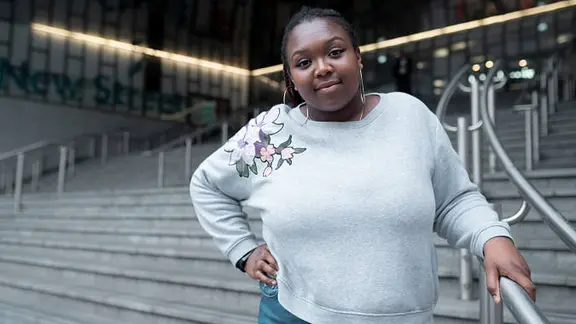
"Cyber bullying is, I think, one of the most terrible forms of bullying. With social media, we're so reliant on it, it can just be like everywhere."
– Macey, 16, Birmingham, State of Girls’ Rights in the UK, 2020
Our State of Girls’ Rights in the UK 2020 report told us that girls often feel unsafe and unhappy online, from relentless targeted advertising making them feel bad about their bodies to the bullying and sexual harassment which takes place across platforms.
With online spaces now the ‘go-to’ solution for schools and socialising, what happens to girls when this isn’t a safe or gender equal space?
Before this crisis began, girls across the UK were already experiencing challenges as a result of their gender and age.
While we don’t know what the short, medium or long term consequences of the coronavirus pandemic will be, we do know that many of the issues we raised in the State of Girls’ Rights in the UK report will only be exacerbated as a result.
Until girls’ needs are represented and embedded in decision making during the current crisis, this will not change.
GIRLS’ RIGHTS IN THE UK
Girls’ experiences of gender inequality in the UK today

